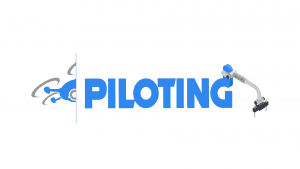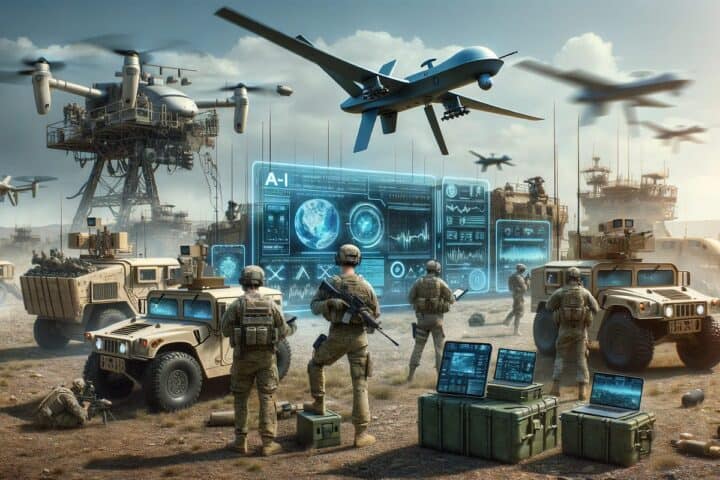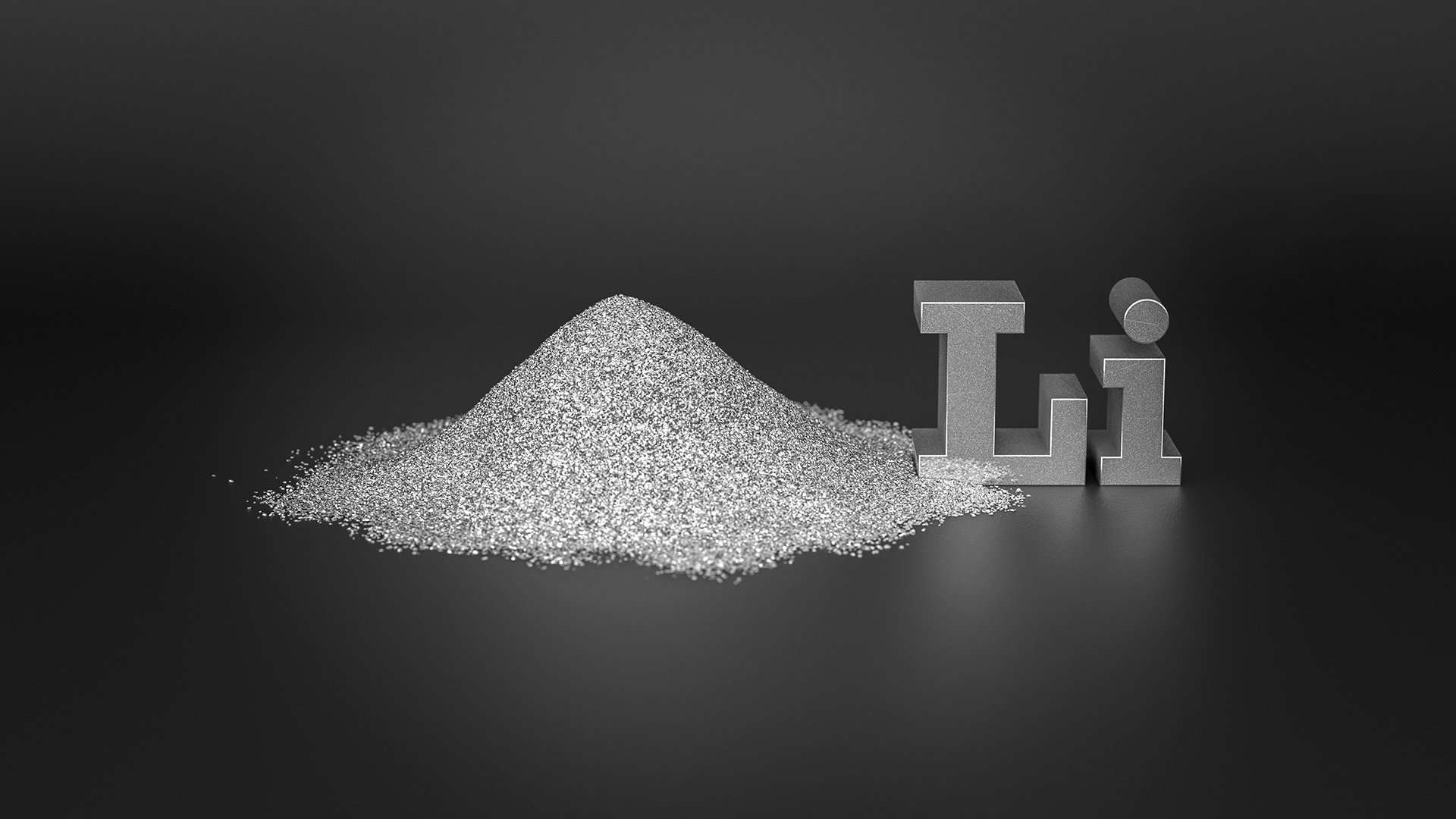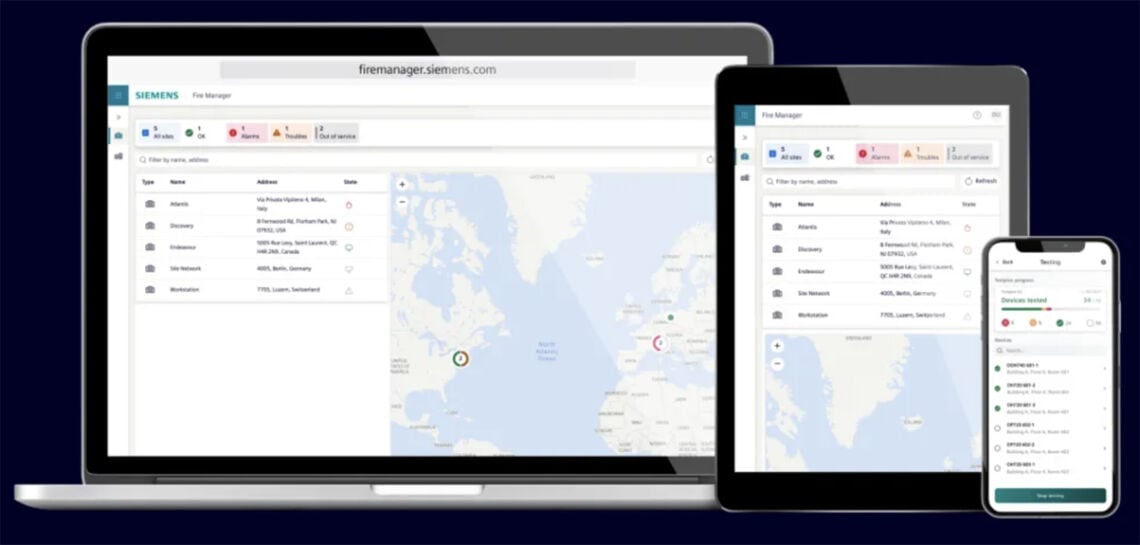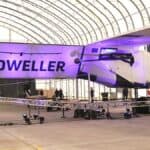In order to enable essential infrastructure inspection and maintenance, the PILOTING project supports the deployment of artificial intelligence.
Infrastructures are getting older. The identification of antiquated infrastructure types, materials involved, and their resulting ageing effects are just a few of the questions and concerns raised by this statement only regarding the aging of infrastructures. It examines the seriousness and severity of these effects, calling for thorough inspections and interventions.
The need for preventive maintenance or even replacement of infrastructures well before their designated design life expires, which has a major negative economic, environmental, and social impact, is related to the broader issue of architecture ageing.
Numerous factors could lead to material deterioration that alters the infrastructure’s planned use and poses safety risks. Whether or not these factors can be managed by human intervention, they should preferably be addressed before harm is done. The extensive list of causes includes earthquakes, geological factors, sustained or unexpected loads that exceed the capacity of the structure, extreme weather conditions (such as heavy rain, snow, or the effects of climate change), and unresolved maintenance problems with the infrastructure’s lifecycle (like corrosion, water leakage, spalling, delamination, etc.).

Addressing the aforementioned issues is still essential for preserving infrastructures ‘ functionality, security, and intended use. A thorough assessment of the entire or limited condition of civil engineering structures is required for examination. This integrity assessment is crucial because it identifies the appropriate intervention level and methods needed and allows for the determination of their reliability under current or anticipated loads (physical or other).
Today’s legal requirements place inspection and maintenance requirements on all important structures (buildings, bridges and tunnels, factories, ports, power plants, and more). There is a growing need for flexible systems that can adapt to various administrative needs and accommodate different structure types with different monitoring requirements due to the lengthy operational lifespan of such structures.
Architectural inspection is now widely accepted as a technique for assessing an object’s total or partial condition, considering the composition of its materials, and diagnosing its health. This thorough evaluation includes a number of factors that together define the integrity of the structure.
In this report, we summarize the most current INLECOM INNOVATION research findings for the PILOTING project, which uses robotics for infrastructure inspection and maintenance.
Robotics and automation for maintenance and inspection of legal infrastructure
Robotics and automation solutions clearly outperform regular inspections, primarily in improving worker and environmental safety. Tasks for inspection and maintenance can be completed with significantly lower risks to human life (minimized exposure and presence).
The need for strong human interaction among infrastructure workers is eliminated by the use of robotics or automation, especially in difficult environments like hazardous or difficult-to-reach areas like confined spaces, elevated heights, or zones with harmful substances.
Additionally, it makes it possible for more accurate measurements, more detailed inspection repeatability, and results aggregation, as well as more efficient infrastructure inspection, including difficult-to-inspect points.
Laser scanning for evaluating tunnel deformation
In transportation tunnels, deformation assessment is a parameter used to measure any deviation from the tunnel’s original 3D shape caused by serious events (seismic, material failure, surrounding forces, etc.).
In order to measure and localize any deformation with millimeter accuracy, INLECOM developed an intelligent and robotics-driven approach for capturing tunnels ‘ domestic shape and comparing it with prior inspection data. The solution is extremely impressive because it makes it possible to capture an entire tunnel in 3D, regardless of its size or length, with rapid and safe measurements and high scalability prospects.
The professional strategy used included fully integrating a FARO 3D laser scanner onto robotics vehicles that could travel through the entire tunnel on their own and trigger the scanner at specific locations or over the course of several necessary snapshots to capture an entire section. The 3D models were compared to earlier inspections after data collection at different locations to look for any tunnel deformation.
ICP (Iterative Closest Point) approaches were used to achieve this, along with a proper (and correct/precise) co-registration of the various models (cloud points), as the first and most crucial aspect of analysis. The methodology was tested at the Greek highway tunnels Egnatia Motorway, and it was found to be very useful for different infrastructures.
Precision measurements, extended tunnel modeling, human-less operation, automated modeling and aggregation, smooth application in extended tunnels, and automated 3D model comparison and defect reporting are some of the approach’s innovative features.
Computer vision and artificial intelligence are used to find flaws in oil and gas refineries.
In industries and structural sectors where pipes and vessels play crucial roles, corrosion stands out as a significant barrier. These parts are prone to corrosion, which can cause structural damage, safety risks, economic problems, and monetary losses.
To lessen the negative effects of corrosion, earlier detection is essential. Typical inspection techniques, which are frequently manual and time-consuming, encounter difficulties in accurately determining the degree of corrosion, particularly in large construction sites.
Automated corrosion detection has entered a new era thanks to advancements in computer vision, artificial intelligence, and profound learning. This technology makes use of capabilities to automate the process, improving the overall integrity of infrastructure. The possible effects of unsolved degradation make it crucial for specific and effective corrosion detection on construction sites.
Due to their small size models, the YOLO real-time object detection algorithms were the focus of the INLECOM effort. These algorithms proved to be perfect for on-device deployment scenarios and in-the-moment situations.
As a foundation for the feature representation of images according to their effectiveness and accuracy, different methods included MASK R-CNN for instance classifications and Swin transformers.
Deep learning models based on convolutional neural networks have shown promising results in properly and successfully recognizing corrosion. For instance, corrosion can be detected using VGG and ResNet ( deep neural networks ) with numerous layers of recurrent and sharing operations, followed by totally connected layers for the final output predictions. Assisted learning methods were employed in this use case.
The primary difficulties in this task were the gathering of the datasets, and cutting-edge techniques were used and trained to spot corrosion on pipes and inside tanks that exceeded 70 % IoU ( Intersection over Union ).
Despite the enormous advantages of AI-based automated corrosion detection, research challenges still need to be met in terms of data quality and accuracy, algorithm choice, and optimization. The algorithms were tested at the Chevron Oronite site in Gonfreville L’Orcher, close to the port of Le Havre, in northern France.
Platform for alternative inspection and monitoring
The integration of the PILOTING infrastructure inspection and maintenance platform, a complete architecture that synthesised essential elements intended to revolutionize Inspection and Maintenance processes, was the responsibility of INLECOM within the confines of The Piloting Components and Orchestration.
The robotics automatic functionalities, which were easily integrated into mechanical vehicles to boast advanced capabilities and enable features like protected navigation in complex environments, were a key part of this platform.
A robot control station was also created to standardize inspection robot operation and control with the goal of providing flexibility in inspection operation planning and reducing training costs for a variety of mechanical vehicles.
A data distribution and harmonisation layer, which aimed to harmonize the various data produced during inspections by various robotics systems, was another crucial layer. In closing, a data management system was created that gave users immediate access to the electronic data generated by both current and historic inspection processes.
The system centralized data storage, harmonizes information, and indexes it based on different criteria, such as assets or inspection missions, in response to a long-standing industry challenge.
The integration, validation, and testing of the included solution to the various robotics systems was the responsibility of INLECOM. In the project pilot use cases, every component was even verified and demonstrated.
Deployment and validation of solutions technology
Consider the first scenario: Infrastructure inspection at refineries for oil and gas.
The Chevron Oronite, an oil and gas refinery in Gonfreville L’Orcher in the north of France, is the primary use case. The largest additive manufacturing facility in Europe, this is a life industrial facility.
Some areas of the plant are classified as explosive atmosphere (ATEX) zones because it processes hydrocarbon products. The plant, which addresses a wide range of inspection categories such as massive structure inspection, inspection of pipework at height, inside vessel inspections, ground monitoring, and equipment manipulation, is an excellent candidate for the PILOTING project because it is big industrial complex and provided numerous opportunities to test inspection procedures at high altitude.
In the northeastern portion of the Oronite plant, which was divided into four major work areas: tanks, a water treatment facility, decommissioned modules, and pressure vessels, testing for all refinery work scopes was carried out. In this setting, INLECOM created, tested, and validated its Artificial algorithms for tanks, vessels, or pipes that automatically detect corrosion.
Use scenario two: Viduct inspection
The experiments were approached to conduct a professional evaluation based on the advancements made in the initial phases of the project because Ferrovial was the end user representing viaduct inspection operations. Tests aimed at determining, from a professional standpoint, whether the flying devices are capable of performing the three anticipated use cases.
Ferrovial offered a crucial test area for this, enabling the drones to show off their capabilities in the context of those use cases. The Arroyo del Espinazo viaduct, a little village in the interior of Malaga through which the Colonial high-speed train travels, is chosen as the location.
Use case three: Motorway tunnel inspection
With Egnatia Motorway serving as the motorway operator and owner, INLECOM operated this pilot. The Metsovo Tunnel (in Ioannina) and a drainage tunnel very close to it were the sections of the Egnatia motorway chosen for these experiments.
These two tunnels were chosen because the drainage tunnel was used as a reference tunnel without any traffic (so experiments could run in safety) and the Metovo tunnel indicated some interesting inspection points while it was in full traffic and could represent traffic scenarios and realistic tunnel inspections.
In this use case, INLECOM took a lead in both the piloting and testing of the laser scanning method for the tunnel deformation, both of which were safely validated in the following year.
Robotics significance in infrastructure inspection
When discussing important infrastructures, the area of infrastructure inspection and maintenance is regarded as being of primary interest and continues to be a recognized priority.
New research approaches and solutions are now addressing a variety of industrial challenges, but there are still issues with data availability, end-user and social acceptance, technical uptake and cost, as well as the accuracy and precision of robotics and automation solutions.
Forecast maintenance systems, AI-based simulations and infrastructure Digital Twins, Augmented Reality solutions supporting inspection and maintenance operations, as nicely as AI- based defects detection and asset 3D deformation assessment, are all completely aligned with the proper roadmap and research vision of INLECOM.

Regarding the team
With strong expertise in automation and robotics as well as software and platform development geared toward inspection and maintenance business requirements, the project partners make up a dynamic and comprehensive consortium made up of 14 partners from eight EU countries.
- Spain’s Fundacion Andaluza Para El Desarrollo Aeroespacial
- Switzerland’s Eidgenoessische Technische Hochschule Zuerich
- Spain’s Universidad De Sevilla
- France’s Chevron Oronite SAS
- Spain’s Ferrovial Construccion SA
- Bohemian Republic: Honeywell International SRO
- Switzerland-based Waygate Technologies Robotics AG
- Netherlands: Applus Rvis B. V.
- Greece’s Egnatia Odos AE
- Netherlands-based QuassetBV
- Norway’s Sintef AS
- Greece’s Inlecom Innovation Astiki Mi Kerdoskopiki Etaireia
- Greece’s Institute of Communication and Computer Systems
- Spain-based Robotnik Automation SLL

